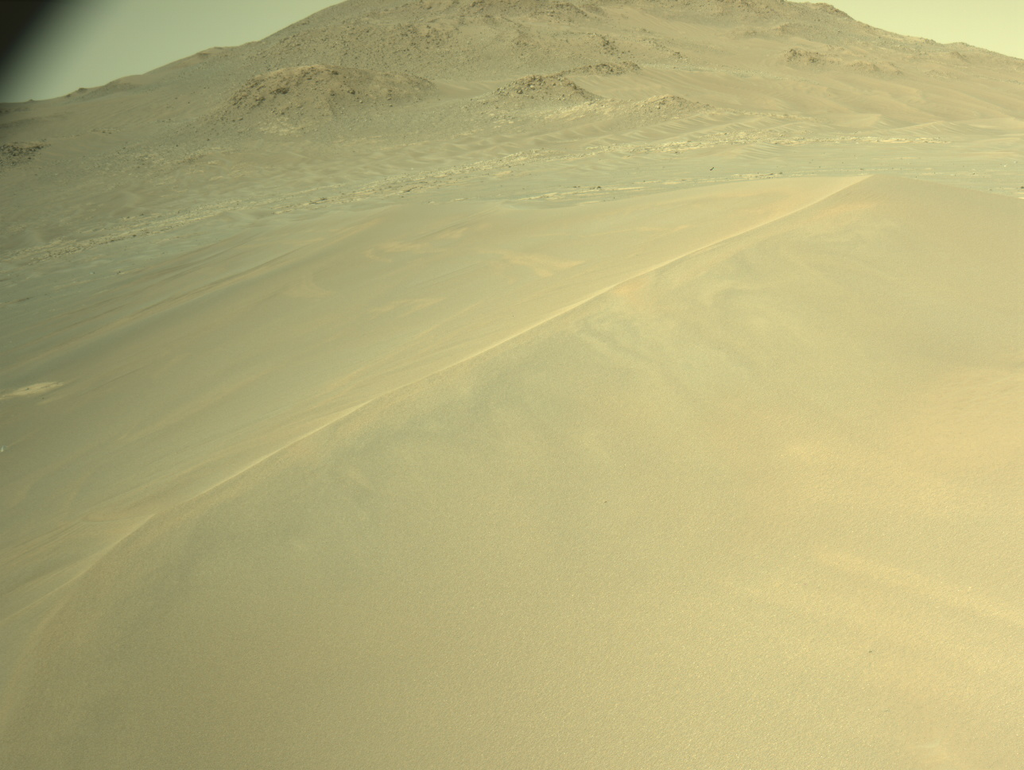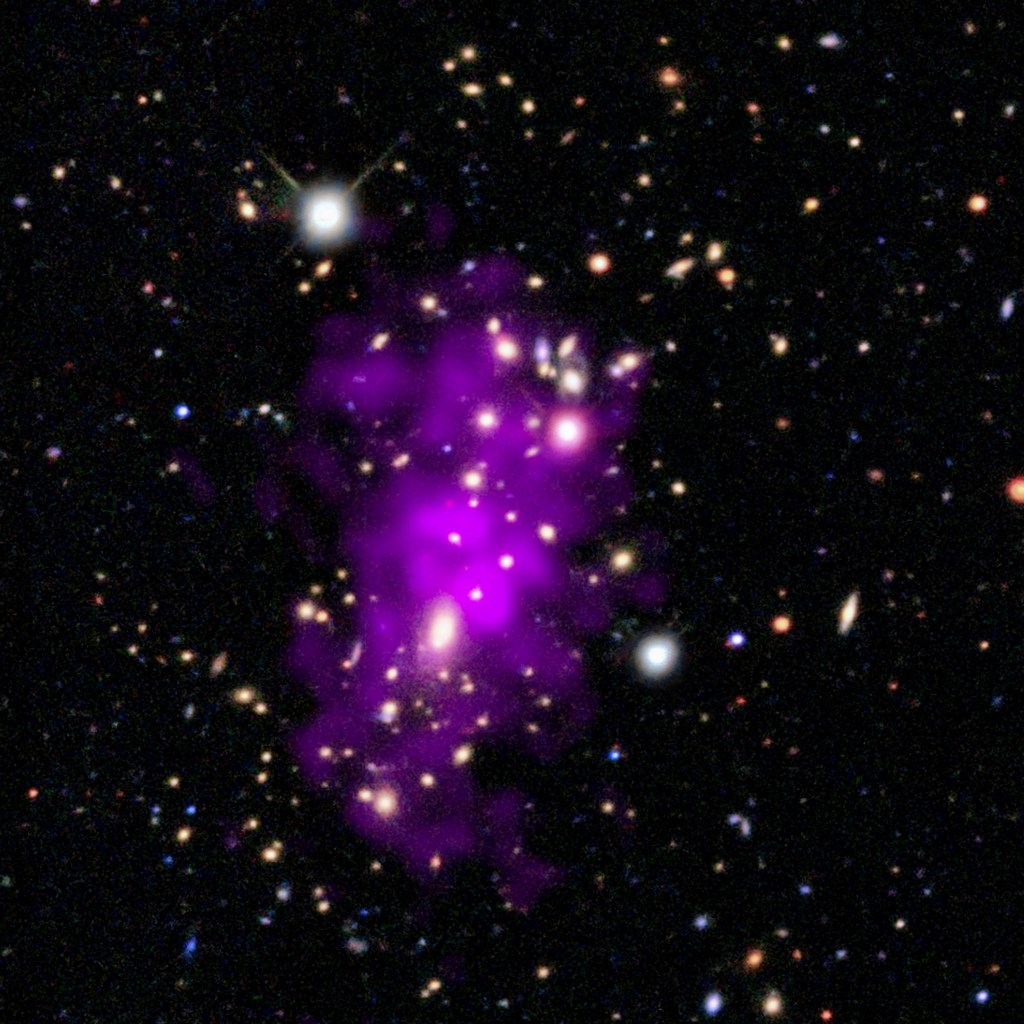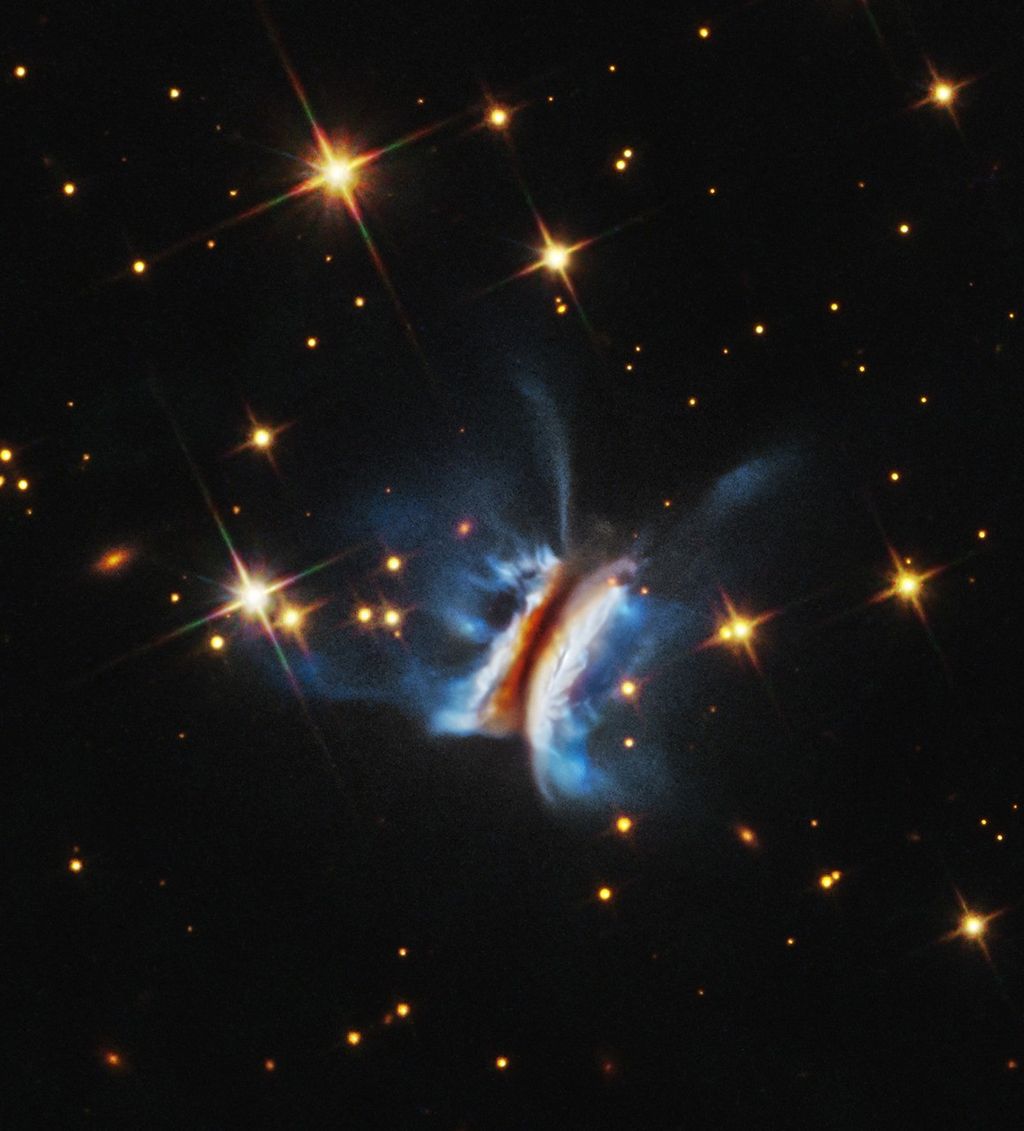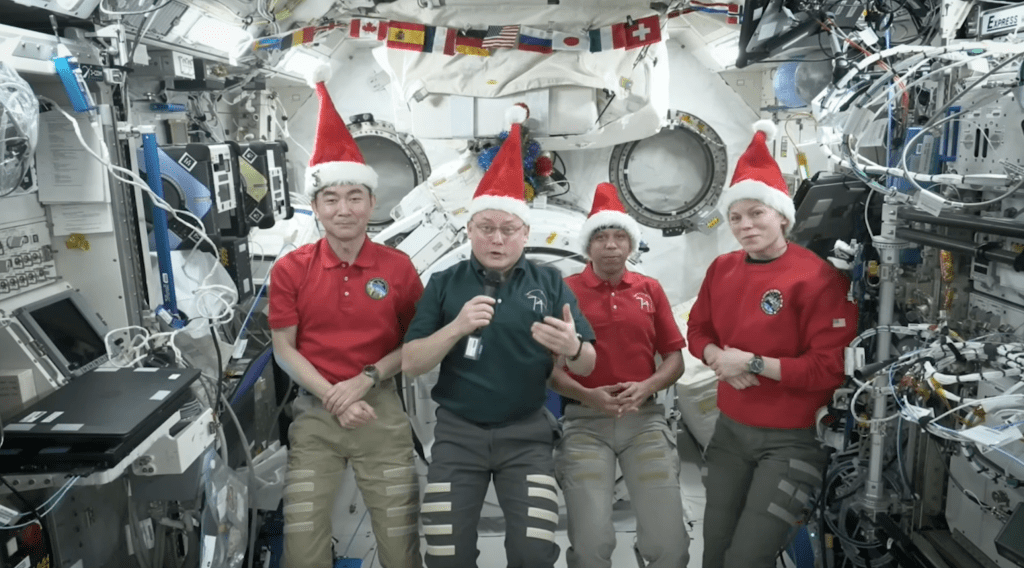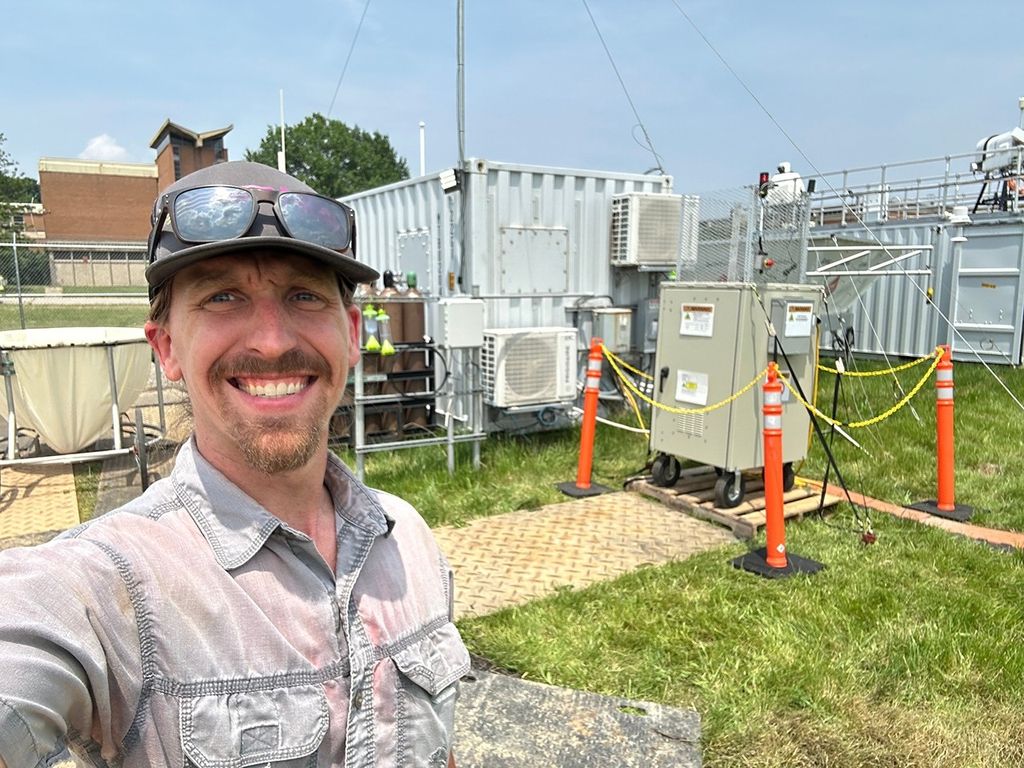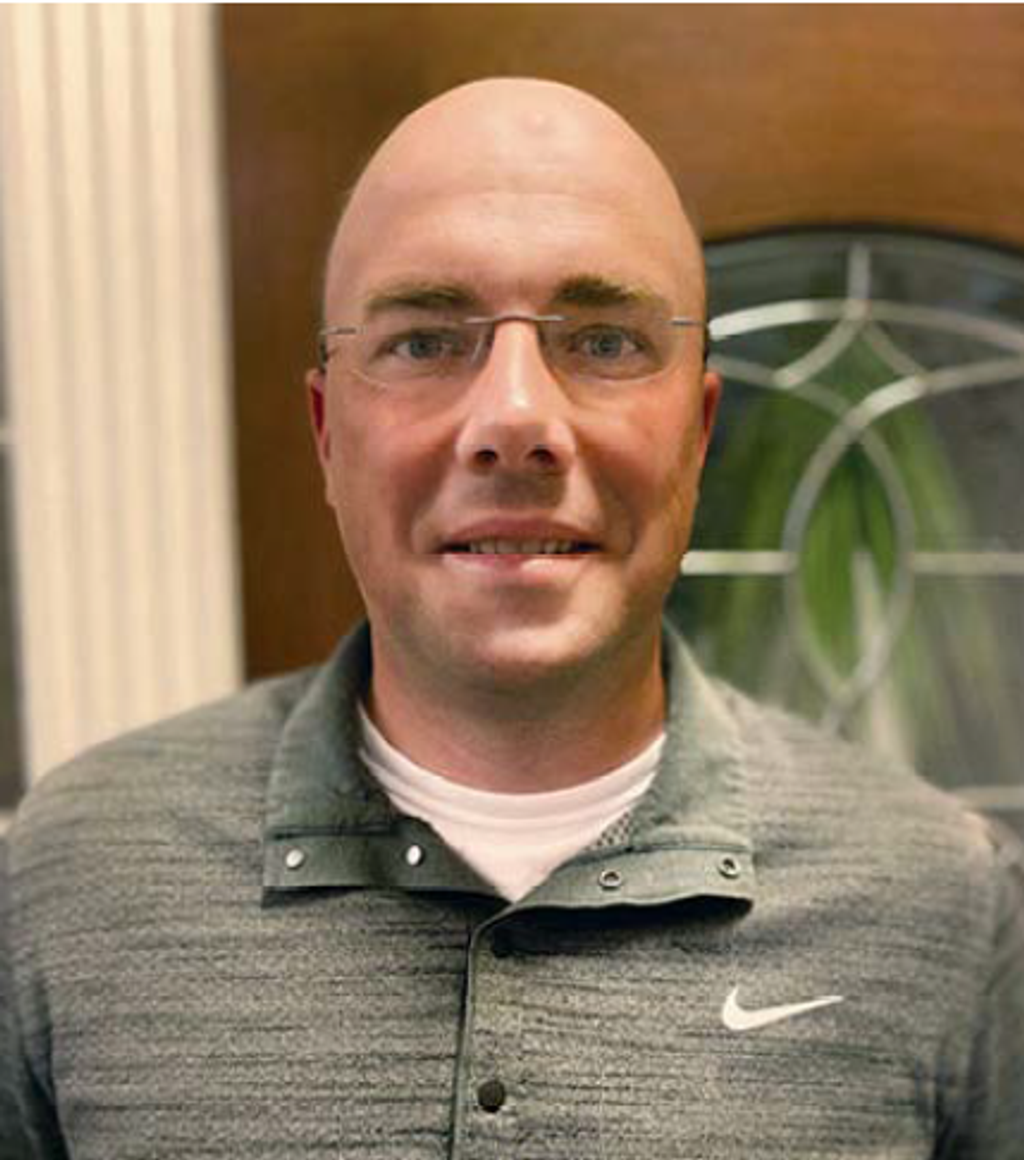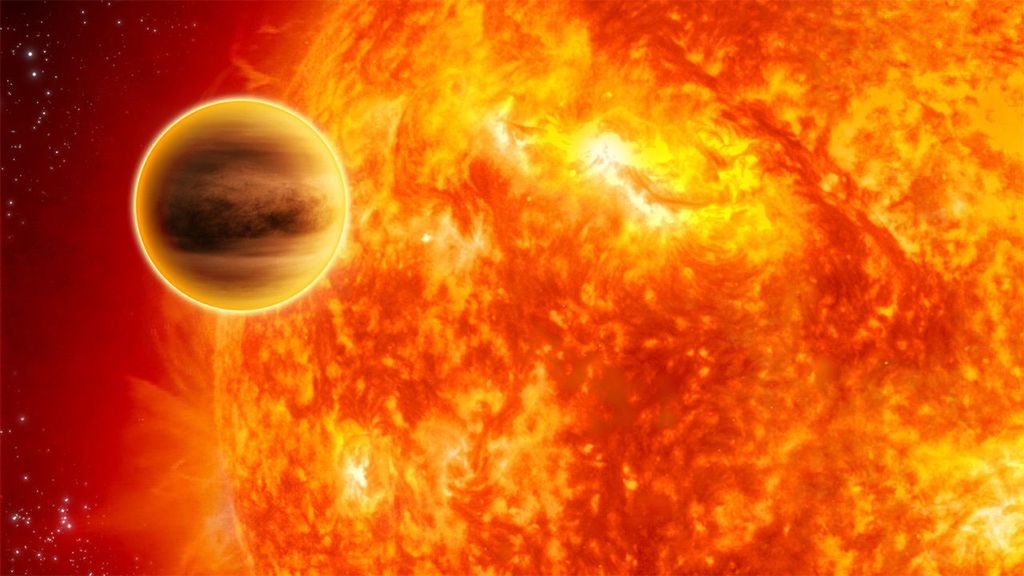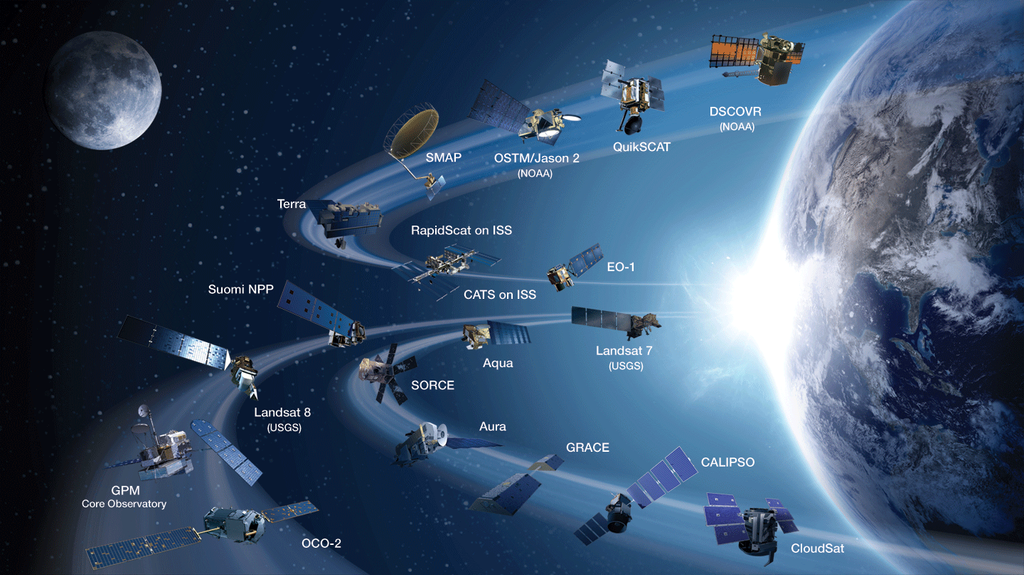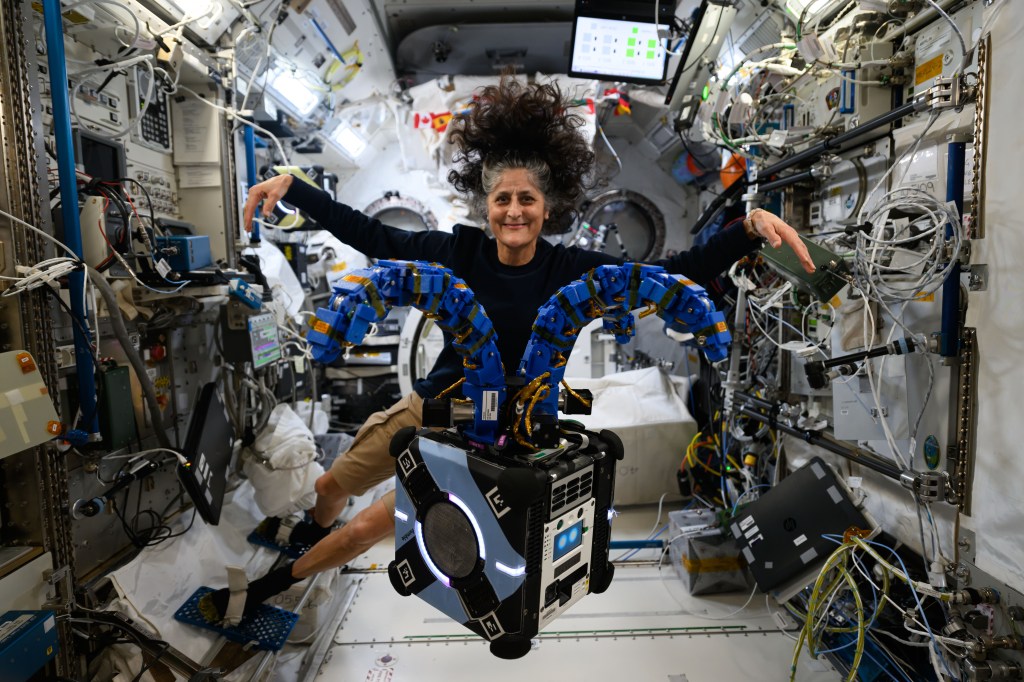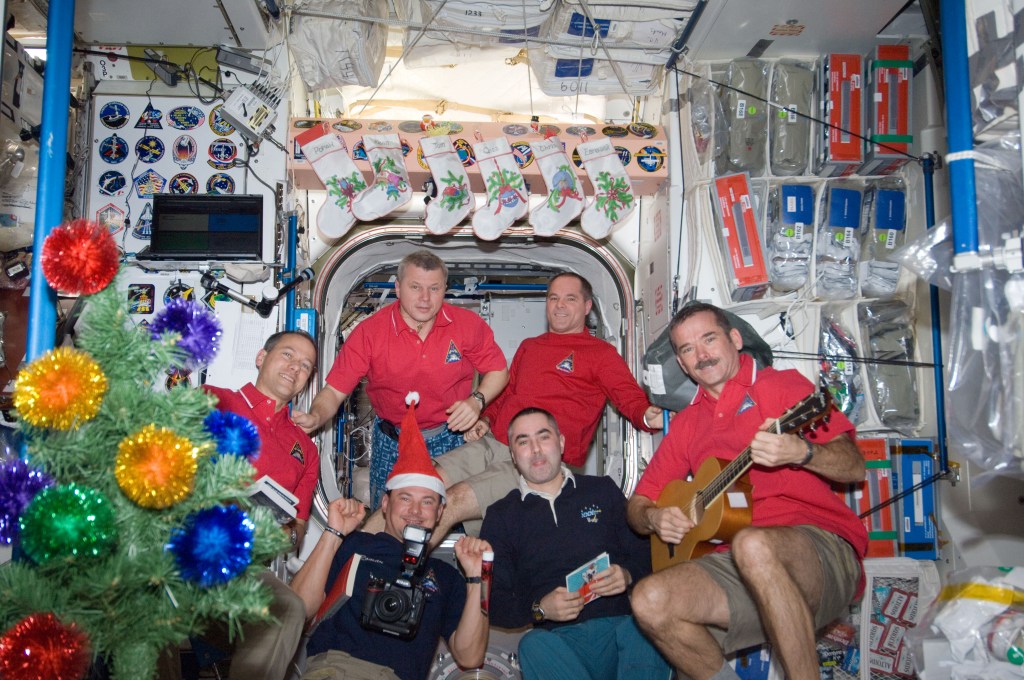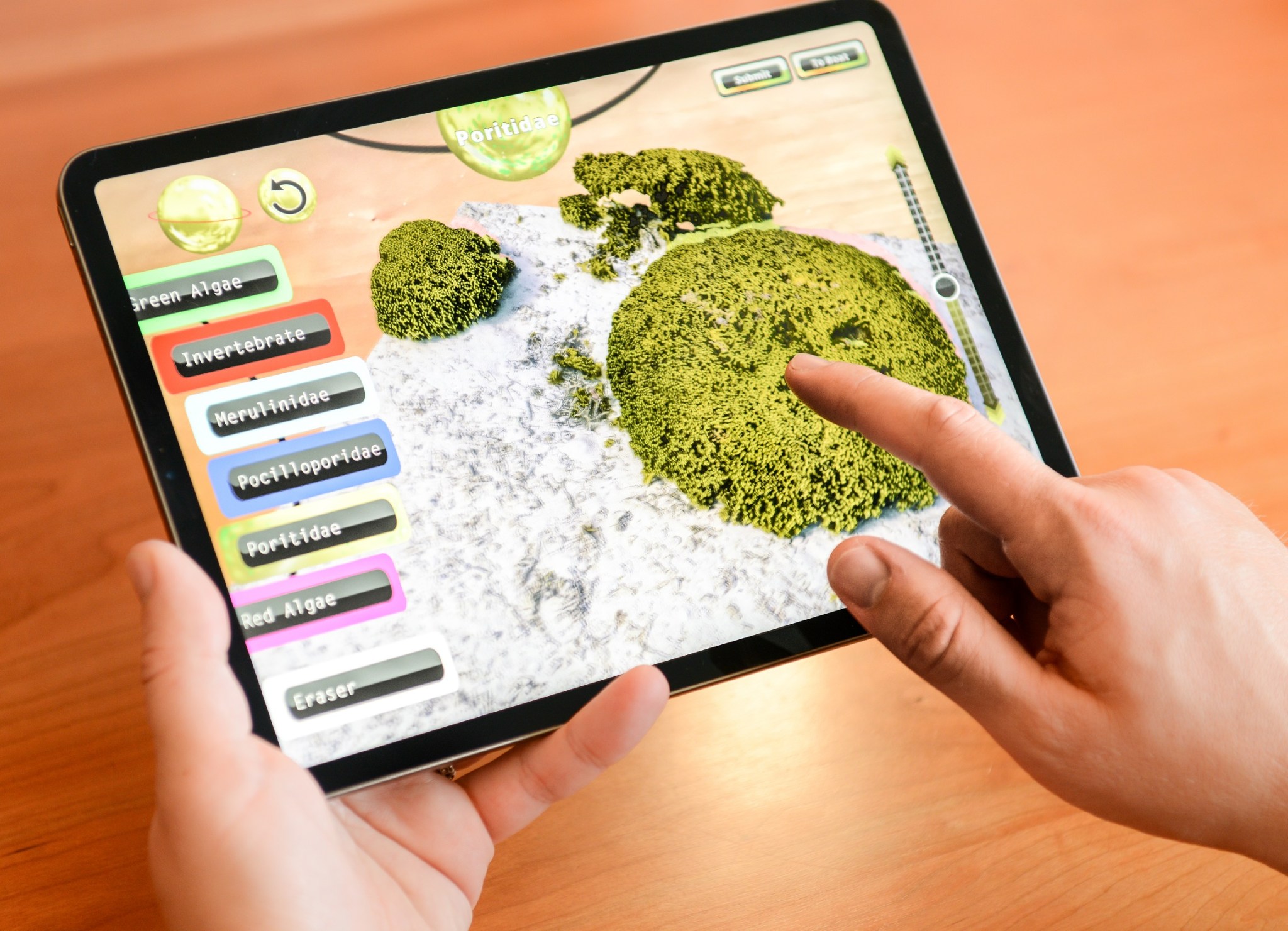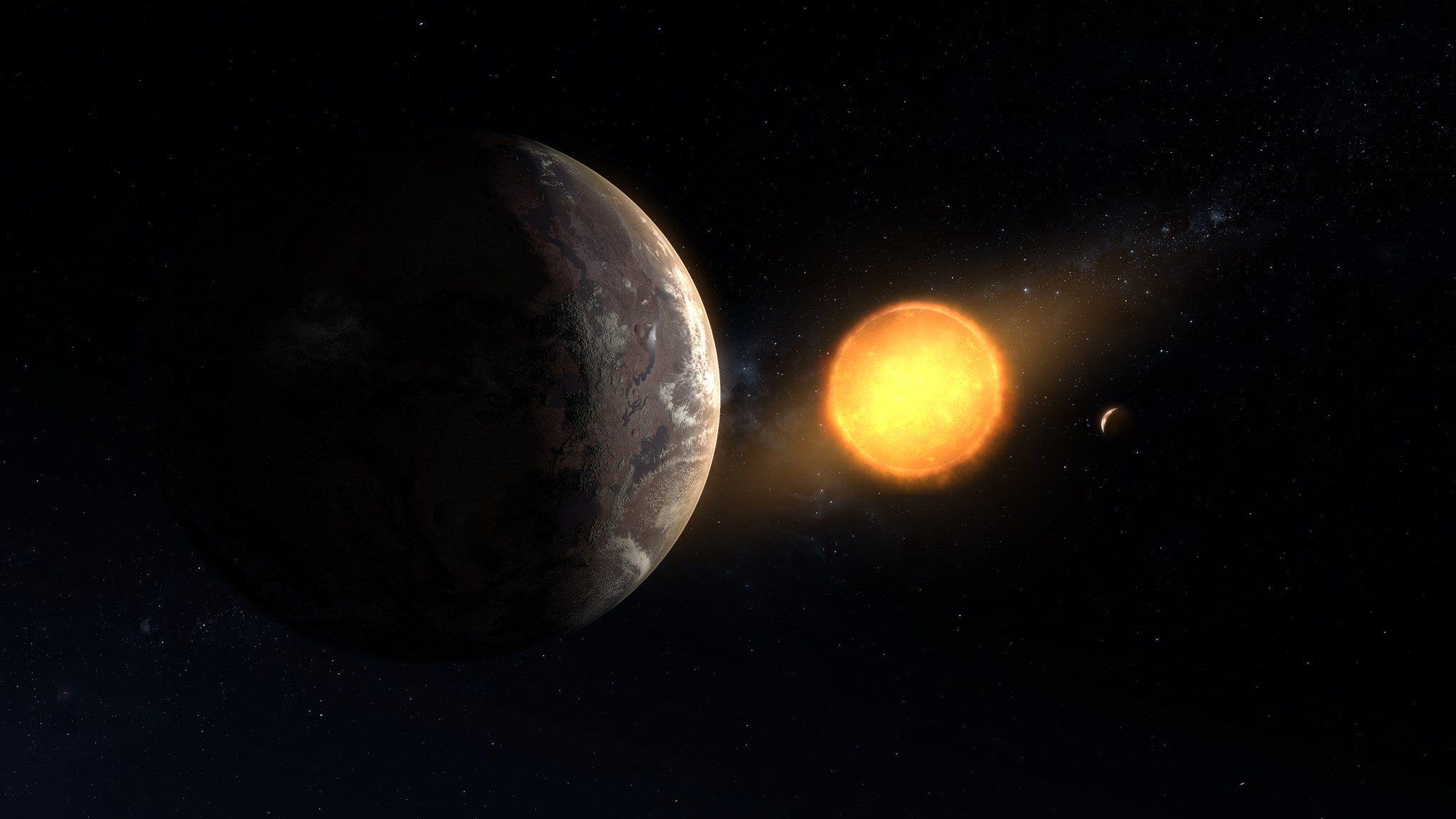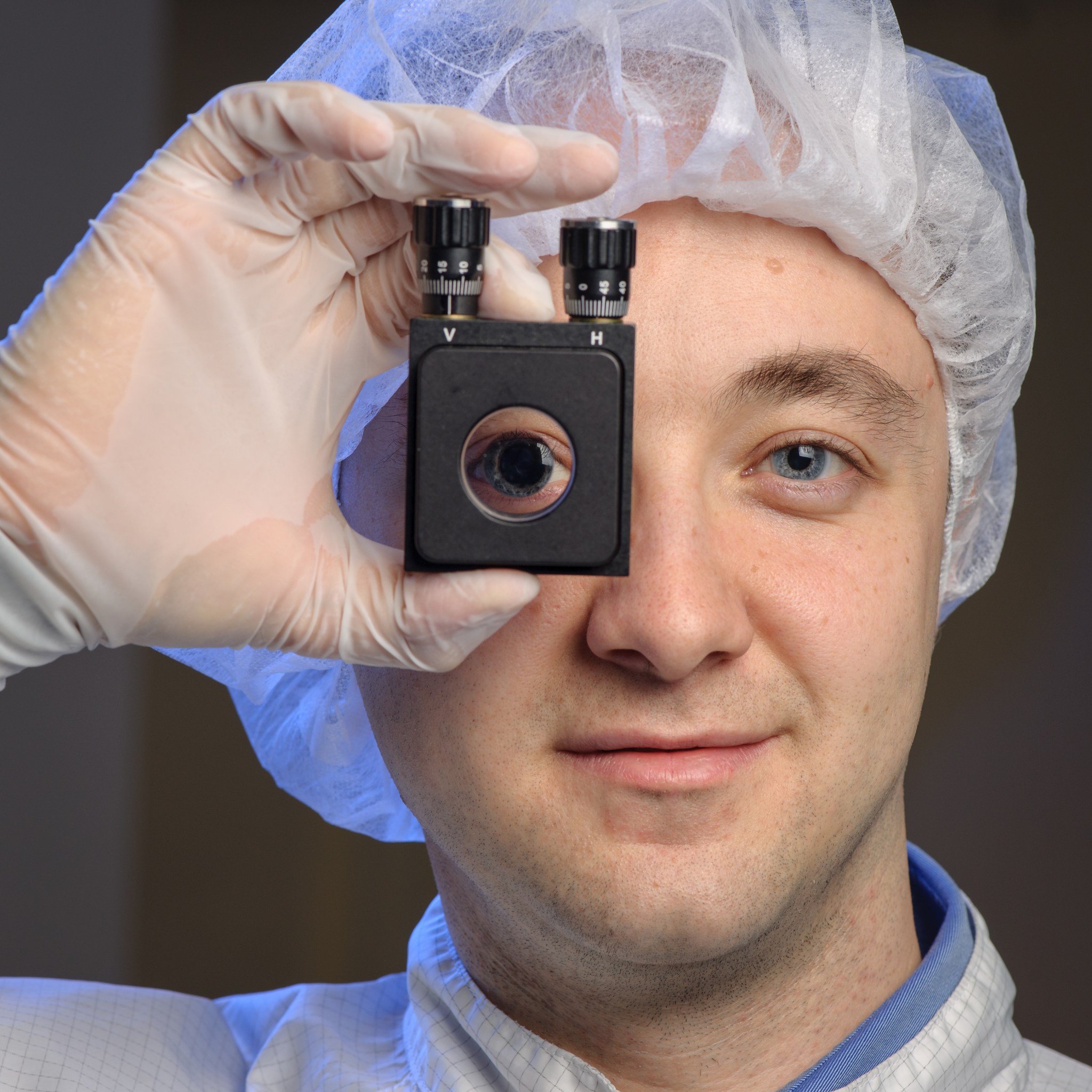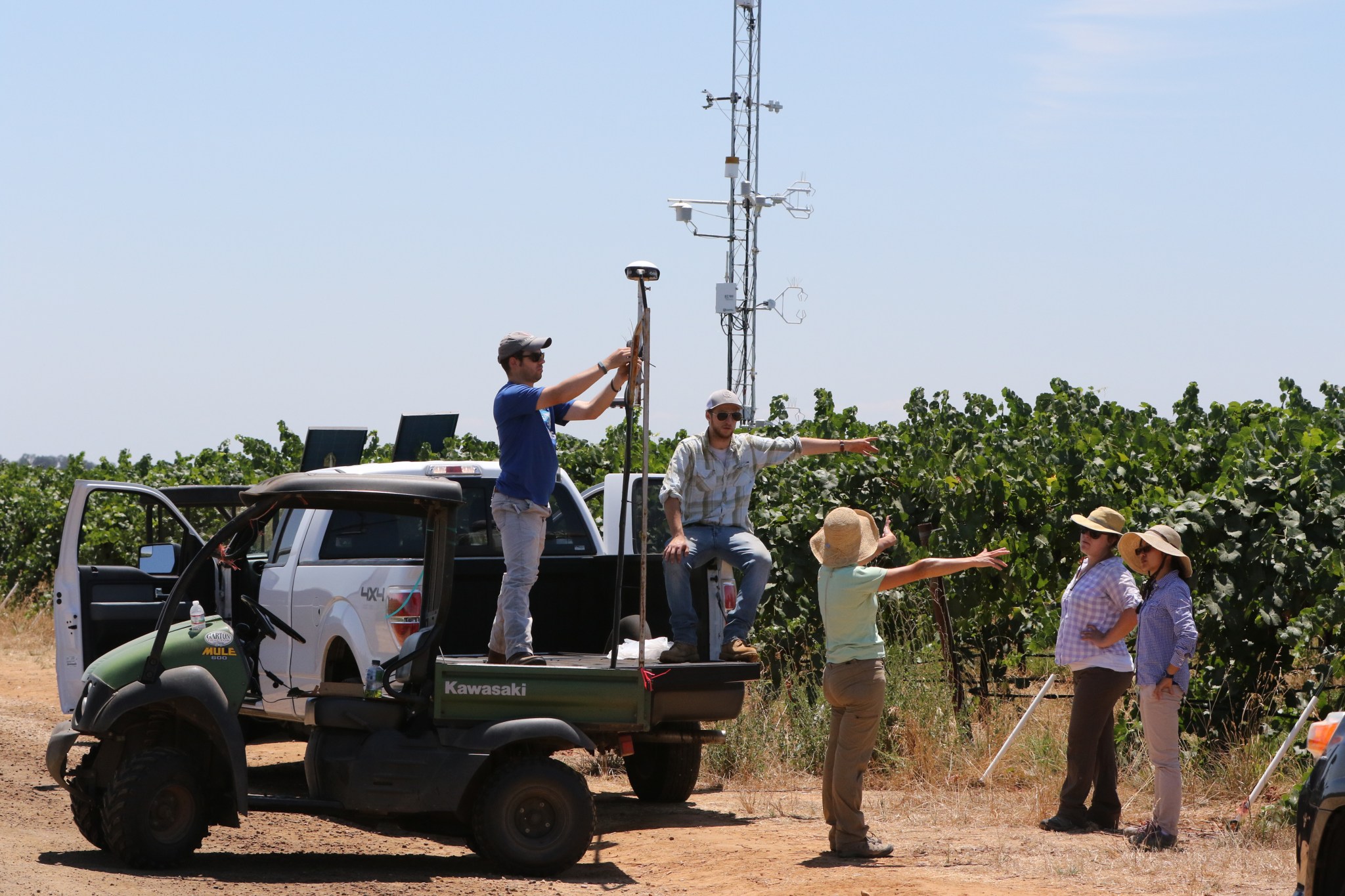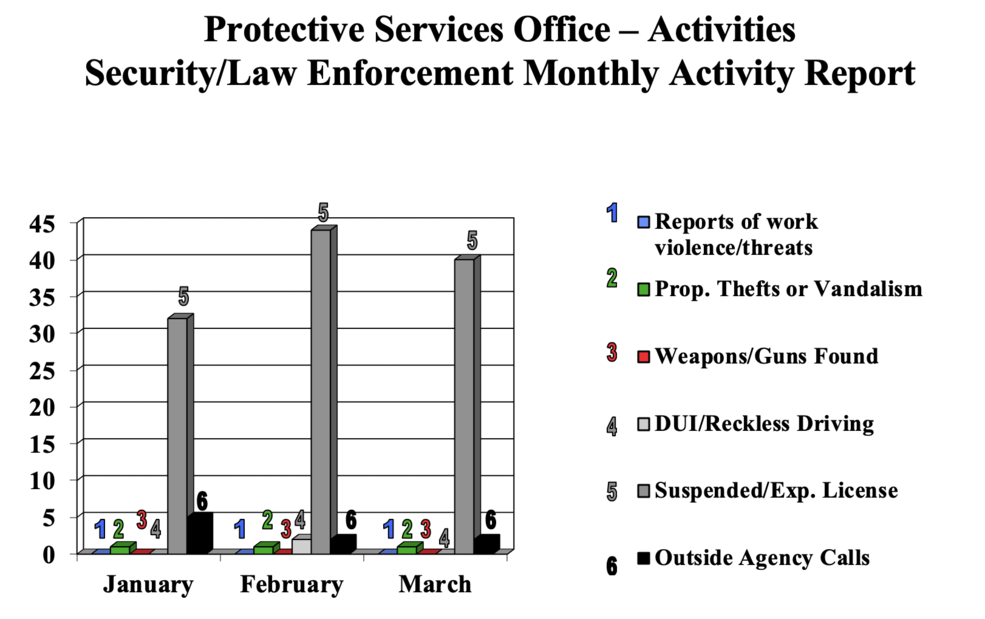NASA Calls on Gamers, Citizen Scientists to Help Map World’s Corals
by Alison Hawkes
NASA invites video gamers and citizen scientists to embark on virtual ocean research expeditions to help map coral reefs around the world in an effort to better understand these threatened ecosystems.
During the past several years, researchers at NASA’s Ames Research Center in California’s Silicon Valley have developed new instruments that can look below the ocean surface in more detail than ever before. Using techniques originally developed to look at stars, these “fluid-lensing” cameras use complex calculations to undo the optical distortions created by the water over coral reefs.
For full story, see: CitizenScientists
NASA CubeSat Will Shine a Laser Light on the Moon’s Darkest Craters
by Tony Greicius
As astronauts explore the Moon during the Artemis program, they may need to make use of the resources that already exist on the lunar surface. Take water, for instance: Because it’s a heavy and therefore expensive resource to launch from Earth, our future explorers might have to seek out ice to mine. Once excavated, it can be melted and purified for drinking and used for rocket fuel. But how much water is there on the Moon, and where might we find it?
This is where NASA’s Lunar Flashlight comes in. About the size of a briefcase, the small satellite — also known as a CubeSat — aims to detect naturally occurring surface ice believed to be at the bottom of craters on the Moon that have never seen sunlight.
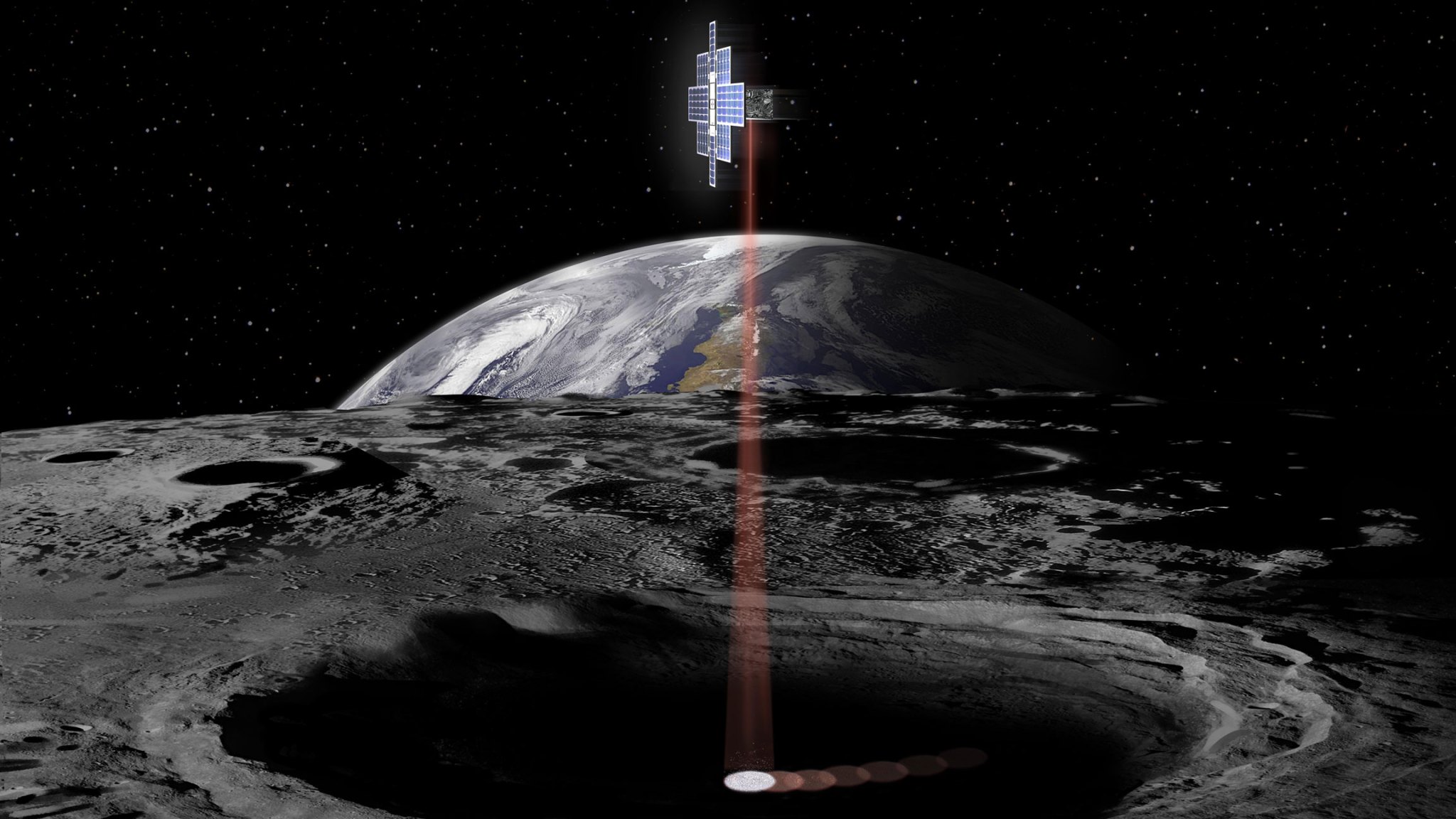
For full story, see: CubeSatLaserLight
“Tiny Homes” for NASA Supercomputers Suit Silicon Valley’s Climate
by Abigail Tabor
To grow its famous grapes, California’s wine country along the state’s north coast benefits from the cooling influence of the Pacific Ocean and the dry summers characteristic of the region. That same climate also supports a very different “crop” nearby: NASA’s newest supercomputers and the fruitful research they make possible.
Specifically, it’s perfect for the individual units of the Modular Supercomputing Facility, or MSF, at NASA’s Ames Research Center in California’s Silicon Valley. By cleverly using climate to cool high-powered computers naturally, water use is reduced by 96% and electricity used for cooling by 91%, compared with running the same computer resources installed in a traditional data center.
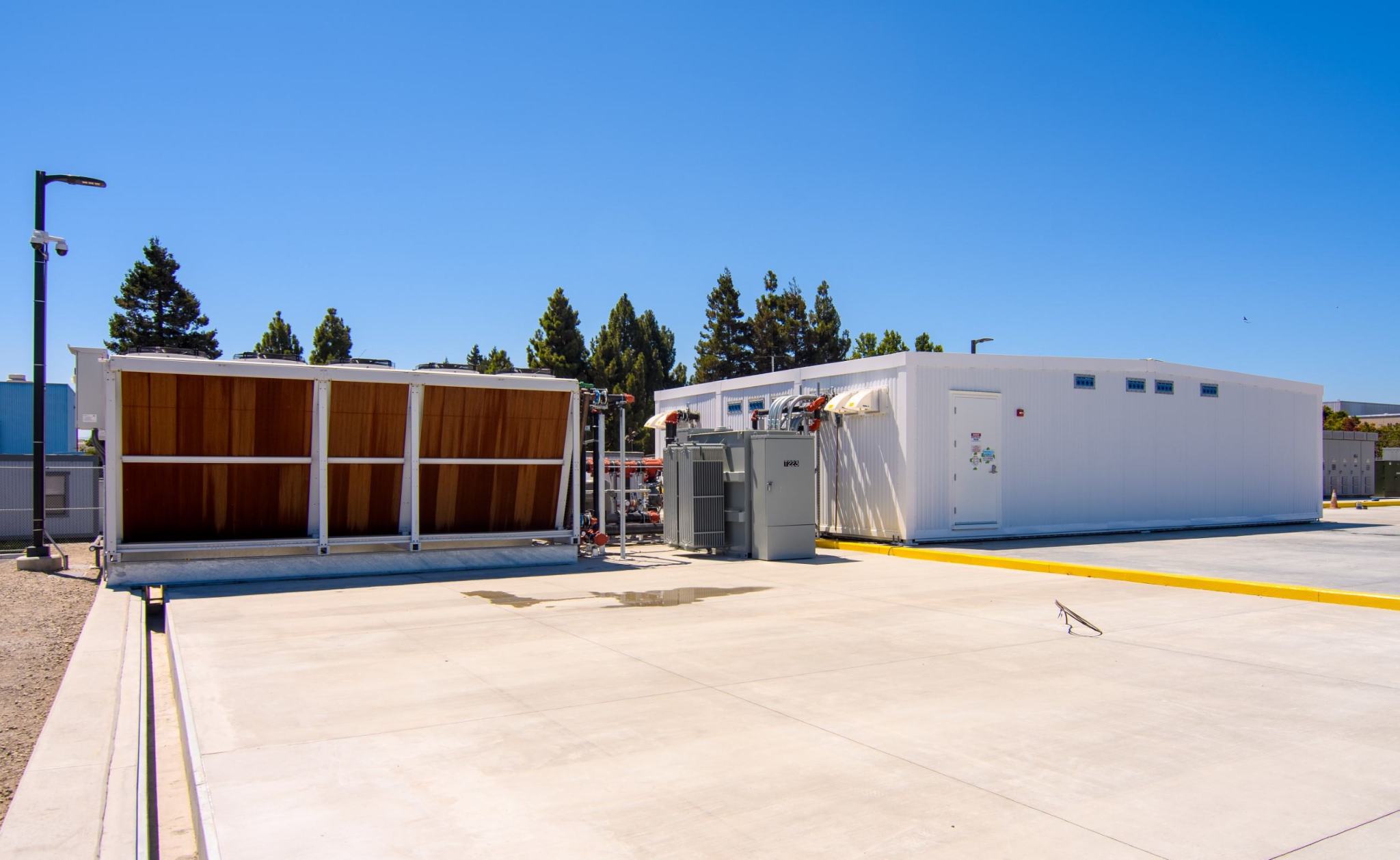
For full story, see: TinyHomes
Earth-Size, Habitable Zone Planet Found Hidden in Early NASA Kepler Data
by Alison Hawkes
A team of transatlantic scientists, using reanalyzed data from NASA’s Kepler space telescope, has discovered an Earth-size exoplanet orbiting in its star’s habitable zone, the area around a star where a rocky planet could support liquid water.
Scientists discovered this planet, called Kepler-1649c, when looking through old observations from Kepler, which the agency retired in 2018. While previous searches with a computer algorithm misidentified it, researchers reviewing Kepler data took a second look at the signature and recognized it as a planet. Out of all the exoplanets found by Kepler, this distant world – located 300 light-years from Earth – is most similar to Earth in size and estimated temperature.
What is the Exoplanet Technologies Lab?
by Frank Tavares
NASA’s search for a planet as suited to harboring life as our own Earth has shown us how unique our home truly is. But now that we know there are more planets than stars in the cosmos, thanks to telescopes such as Kepler, it’s more plausible than ever that a life-harboring planet is out there hidden from our view.
To uncover those hidden worlds, NASA is developing technology to search for Earth-like planets in greater detail and closer to home than ever before, pioneering new technology to peer more deeply into space – perhaps to capture actual images of planets something like our own.
For full story, see: ExoplanetTech
NASA CO2 Conversion Challenge Competitor Pitches in to Help COVID-19 Efforts
by Jennifer Harbaugh
A technology that could help humans live on Mars is being used to address an immediate need here on Earth and produce hand sanitizer for a community impacted by the coronavirus (COVID-19). Air Co., a company based in Brooklyn, New York, and competing in NASA’s CO2 Conversion Challenge, is making hand sanitizer with a technology that coverts carbon dioxide into ethanol. The company donates the supplies to local hospitals, doctors’ offices, and police stations.
For full story, see: CO2ConversionChallenge
When the Dust Settles, it Won’t Settle in VIPER’s Wheels
by Abigail Tabor
Moon dust is a formidable adversary – the grains are as fine as powder and as sharp as tiny shards of glass. During the Apollo 17 mission to the Moon, the astronauts lamented how the dust found its way into everything, coating their spacesuits and jamming the shoulder joints, getting inside their lunar habitat and even causing symptoms of a temporary “lunar dust hay fever” in astronaut Harrison Schmitt. Those symptoms fortunately went away quickly – but the problem of Moon dust remains for future missions.
NASA’s new Moon rover, the Volatiles Investigating Polar Exploration Rover, has been running tests to ensure its wheel module components are dust-proof in advance of going to the Moon in 2023. VIPER’s job is to hunt for water resources at the Moon’s South Pole, creating the first resource maps for human space exploration before astronauts arrive under NASA’s Artemis program in 2024.
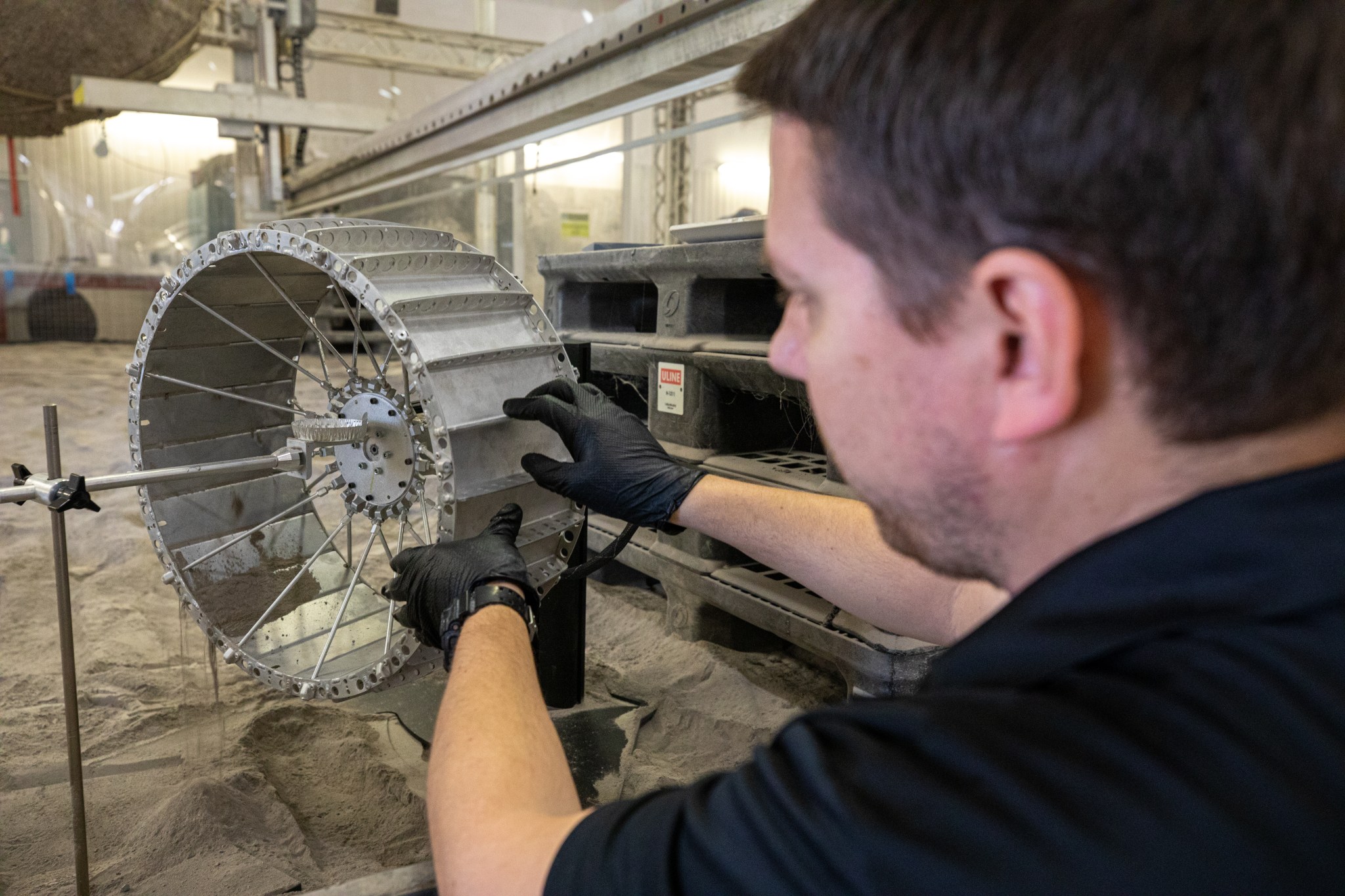
For full story, see: MoonDustViper
Raising a Glass in Wine Country to Better Water Management
by Maddie Ecker
Managing water use in its vineyards is a top priority for the E&J Gallo Winery and other vintners in California’s Central Valley, an area that often experiences drought.
Now, grape growers like Gallo are using data from Earth-observing satellites to better track soil and vine moisture levels, understand vine water use and plan grapevine irrigation.
The Grape Remote-sensing Atmospheric Profile and Evapotranspiration eXperiment (GRAPEX) project begun in 2013 is aimed at developing a multiscale remote-sensing vineyard management toolkit. It is the result of a private-public collaboration between NASA, the U.S. Department of Agriculture (USDA), Utah State University and Gallo.
For full story, see: WineCountryWaterMgt



